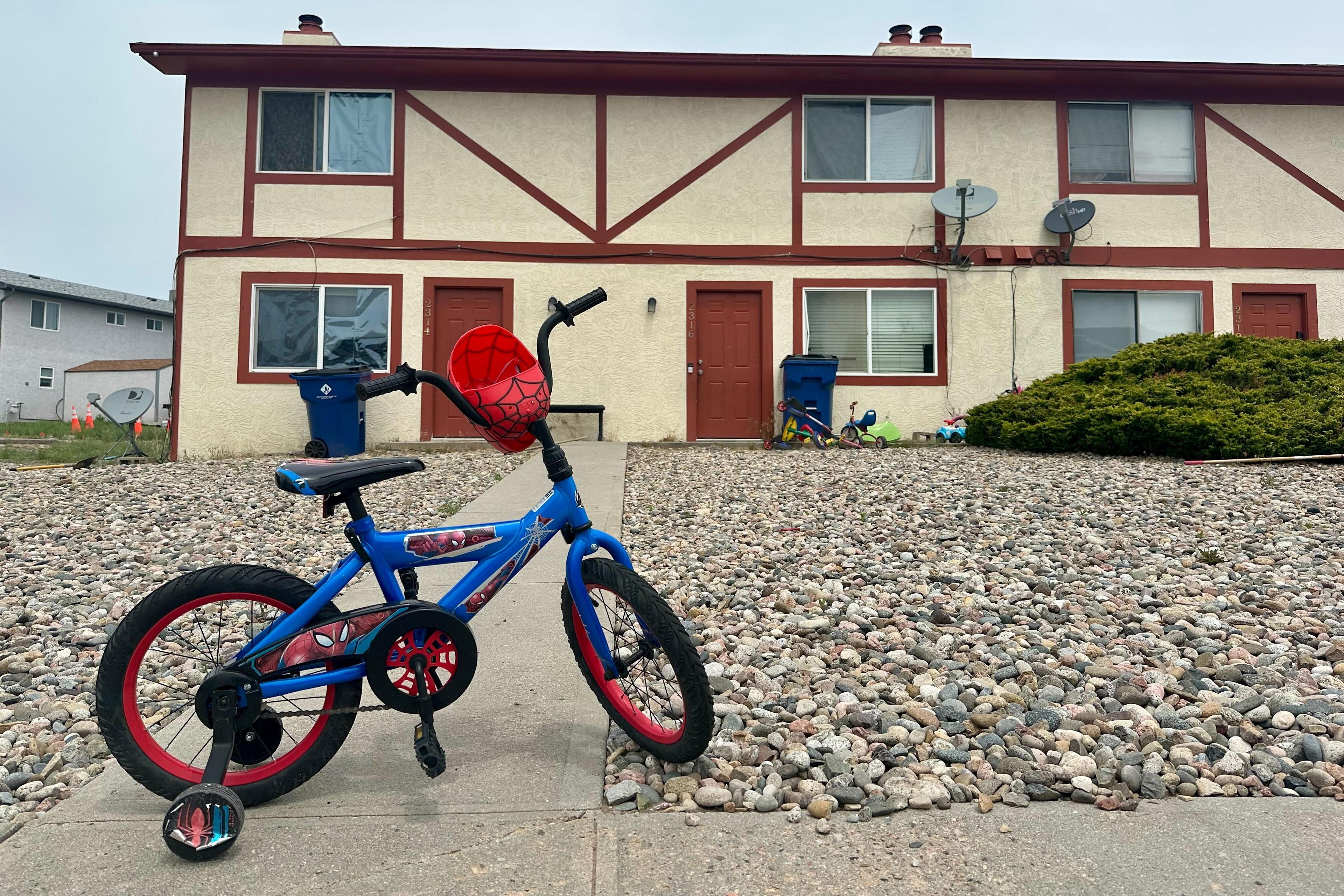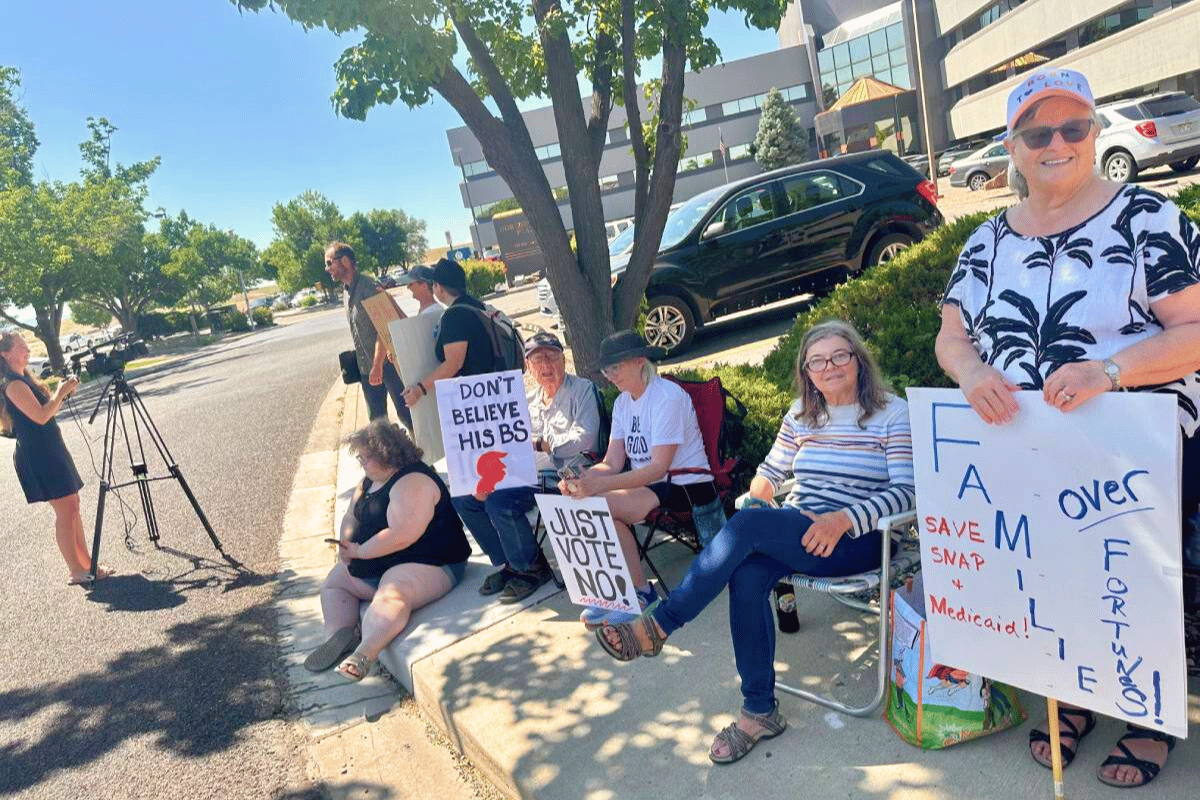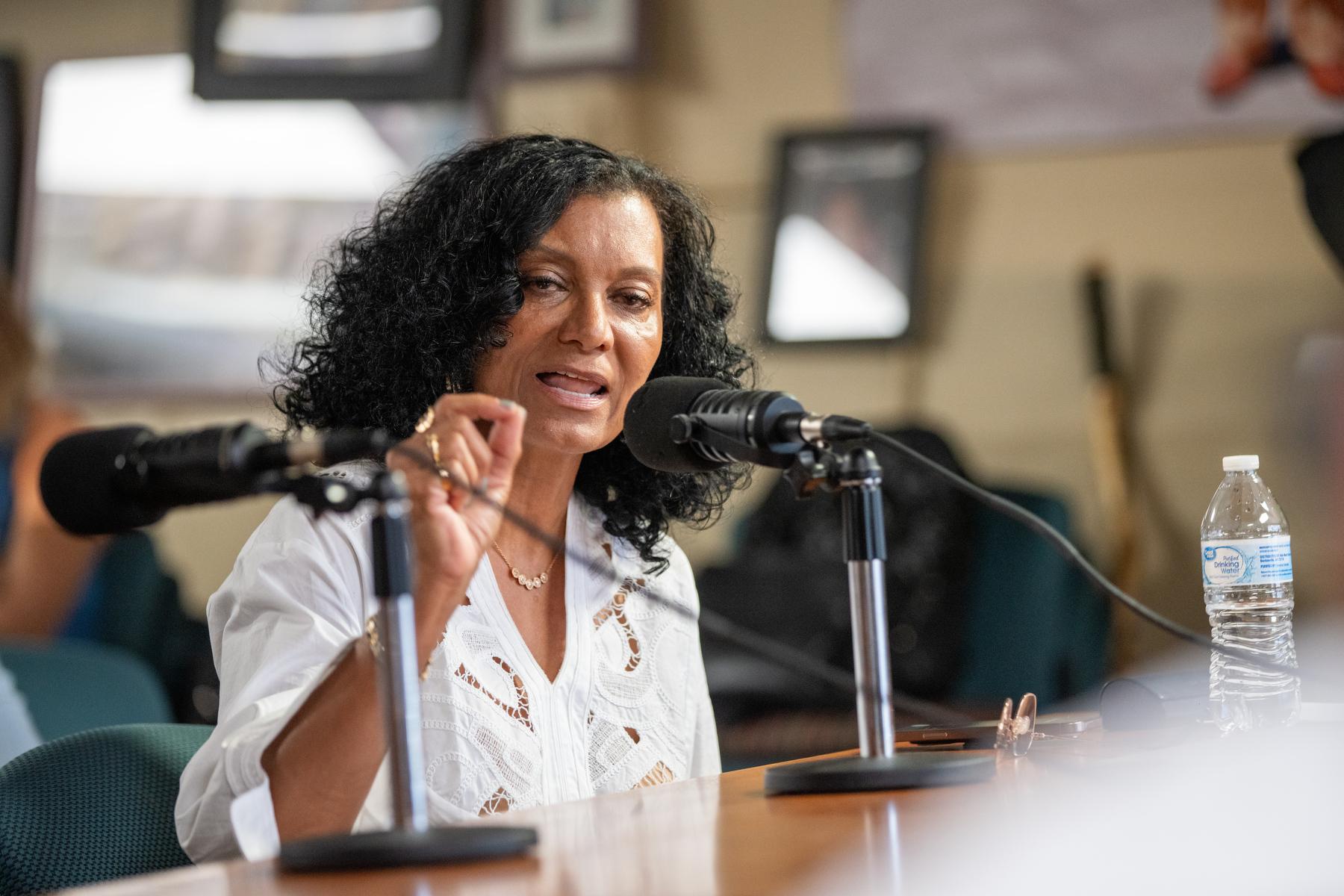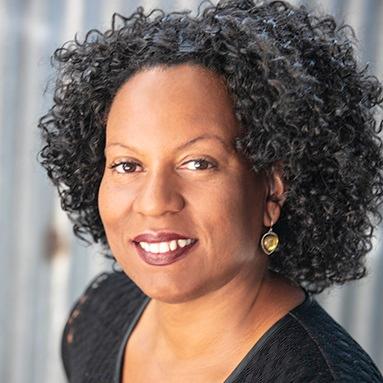 Water is vital to almost everything in Colorado: people's health and homes; industries like oil and gas drilling; recreation; and people's weekend fun. But soon, experts say, the gap between how much water Colorado has and how much it needs will be enormous.
Water is vital to almost everything in Colorado: people's health and homes; industries like oil and gas drilling; recreation; and people's weekend fun. But soon, experts say, the gap between how much water Colorado has and how much it needs will be enormous.
According to a recent state report, Colorado faces a gap of hundreds of thousands of acre feet by 2050. One acre foot provides enough water for three families of four, on average, for a year. The estimate includes projections of how much Colorado's population will grow in that time according to the state demographer's office.
To address that need, Gov. John Hickenlooper has ordered the state to create a water plan; he wants a draft of it by December 2014, to be finalized in 2015. The plan will be based on what local groups organized around watersheds, called basin roundtables, come up with over the next several months. The basin roundtables will meet throughout the spring and will deliver their wish lists to the state over the summer.
To lead the massive effort, Gov. Hickenlooper has chosen James Eklund to direct the Colorado Water Conservation Board.
"We have water where we don't have people, and we have to make sure we address that problem as best we can," Eklund says.
That also means there are people where there isn't much water. Eklund says you can draw a line down the middle of Colorado.
"If you think of Colorado as a rectangle…and you draw a line right down the middle of that rectangle…80 percent of the water falls on the left side of that line and 80-87 percent of the people are on the right side of that line," Eklund says.
In addition to the looming gap between how much water Colorado has and how much it needs, Eklund says he's worried about a trend known as "buy and dry," where cities, mostly on the Front Range, buy water rights from farmers, leaving the farms to dry up.
"The challenge that we face as a state when that happens is a ripple effect that spreads through the local economy, the community," Eklund notes. "If you're not farming, you're not paying into the tax base. You're not sending your kids to school. You're not going to the grocery store, the cafe. And that is a challenge for the entire community."
Eklund is careful to point out that he doesn't want to stop arrangements between willing sellers and willing buyers.
"But we want to give people options," he says.
That includes encouraging rotational fallowing, a method that allows farmers to let parts of land go dry for a year or more and sell the water rights for only that period of time, restarting production on that land later.
Ultimately, Eklund says, the solution to Colorado's water crisis will include more conservation – and that could mean sacrifices.
"We're all going to have to bear some pain," Eklund says. "And how we bear that pain, and who bears what percentage of it, who bears what risk – that's the conversation that's going on right now in Colorado in shaping this water plan."
Eklund says that could mean rules about how much water people can use. It could mean water providers will start using aggressive tiered pricing schemes to make it expensive to use water. For farmers, Eklund says, continued buyouts of their land would be very painful.
As the basin roundtables go on, some conservation groups worry that not enough attention will be paid to keeping the rivers flowing. Those rivers are important to Colorado's natural habitats and to the state's recreation industry. Eklund says he's listening to those concerns.
"We have been aggressive in reaching out to the conservation and environmental community to make sure their voice is heard in all of this," he says, "and that our water plan doesn't become some glossy report that sits on a shelf somewhere."
Eklund is encouraging citizens to participate in the planning process. A schedule of the basin roundtable meetings and a link to give input to the plan are at the Colorado Water Conservation Board's website.









